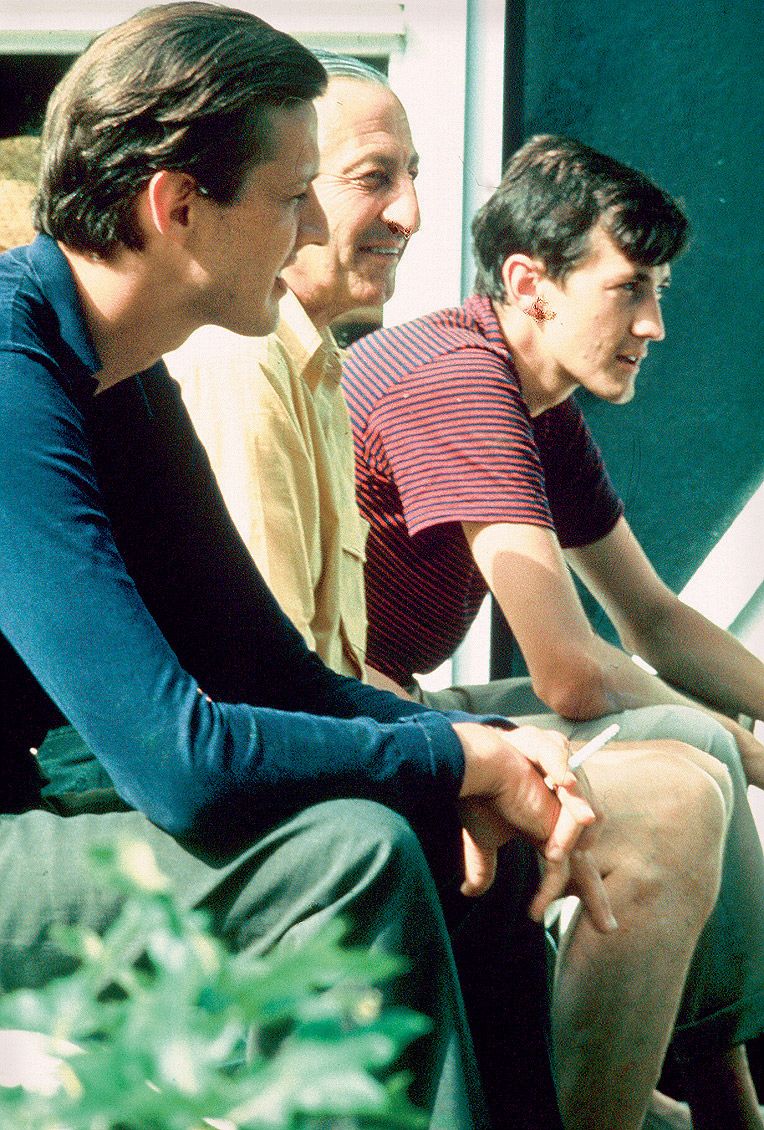Greatest Hits
What We Believe
WHAT WE BELIEVE began as a series of keywords designed to circumvent the conflict adverse atmosphere of a “post-everything” culture. Yet as it evolves, it has become a guide for doing business, a fluid set of protocols for an age of uncertainty. It is provocative of the present-tense tensions that contribute to the new. It embraces doubt not as a critical scapegoat for techno-cultural insecurity, but as a starting point towards decision-making.
By Victoria Camblin
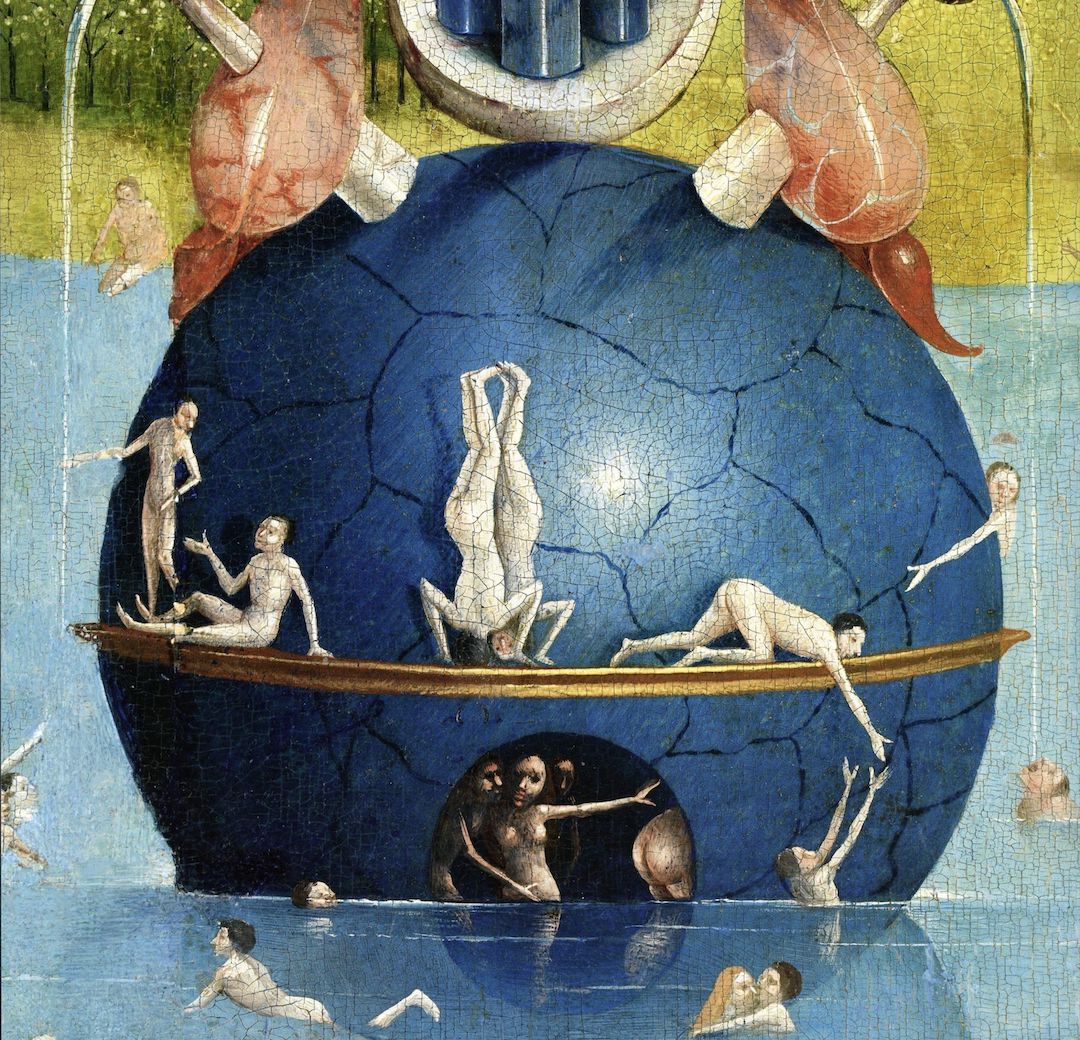
We regret to inform you that there is no future. Nor is there a past. Music, art, technology, pop culture, and fashion have evaporated as well. There is only one thing left: THE BIG FLAT NOW.
THE BIG FLAT NOW is the finite plane on which our culture operates today. Its frictionless surface is composed of the obsolete hierarchies that have been melted by the internet. We are everywhere, anytime, and everyone at once. In order to unlock the total potential of a new networked society, new languages and strategies for cultural production must be formed.
By Thomas Bettridge and Lucas Mascatello

VIRGIL ABLOH: “Duchamp is my Lawyer”
From his fortress of irony, designer Virgil Abloh is set on turning fashion into the industrial arm of the art world. Abloh explains how streetwear is not just a fad, but a logic inspired by Dada and destined to dominate the digital age. In this postmodern order, being “original” seems to be the thing that matters least.
By Thom Bettridge

The TRUMP-BALENCIAGA Complex
Does right-wing populism have a better understanding of culture than the creative class? The latest work by artist Hito Steyerl and a book by Cambridge Analytica whistleblower Christopher Wylie demonstrate what the Trump and Brexit campaigns have learned from fashion.
By Kolja Reichert

FRANK OCEAN: The Artist is Absent
Last month Frank Ocean’s album Blonde was certified platinum, breaking one million units sold in an age when nobody seems to be paying for music. But the psychedelic future soul of Frank Ocean has always been about meaning, not numbers. For our Winter 2017/18 issue, music journalist Alex Needham got to the heart of Blonde in “The Artist is Absent,” a feature accompanied by a photo editorial shot by Petra Collins and styled by Mel Ottenberg. “Once you let it in,” Needham writes, “Ocean’s thoughts and emotions are transmitted to you on such an intimate level, they seem to suffuse your central nervous system.”
By Alex Needham
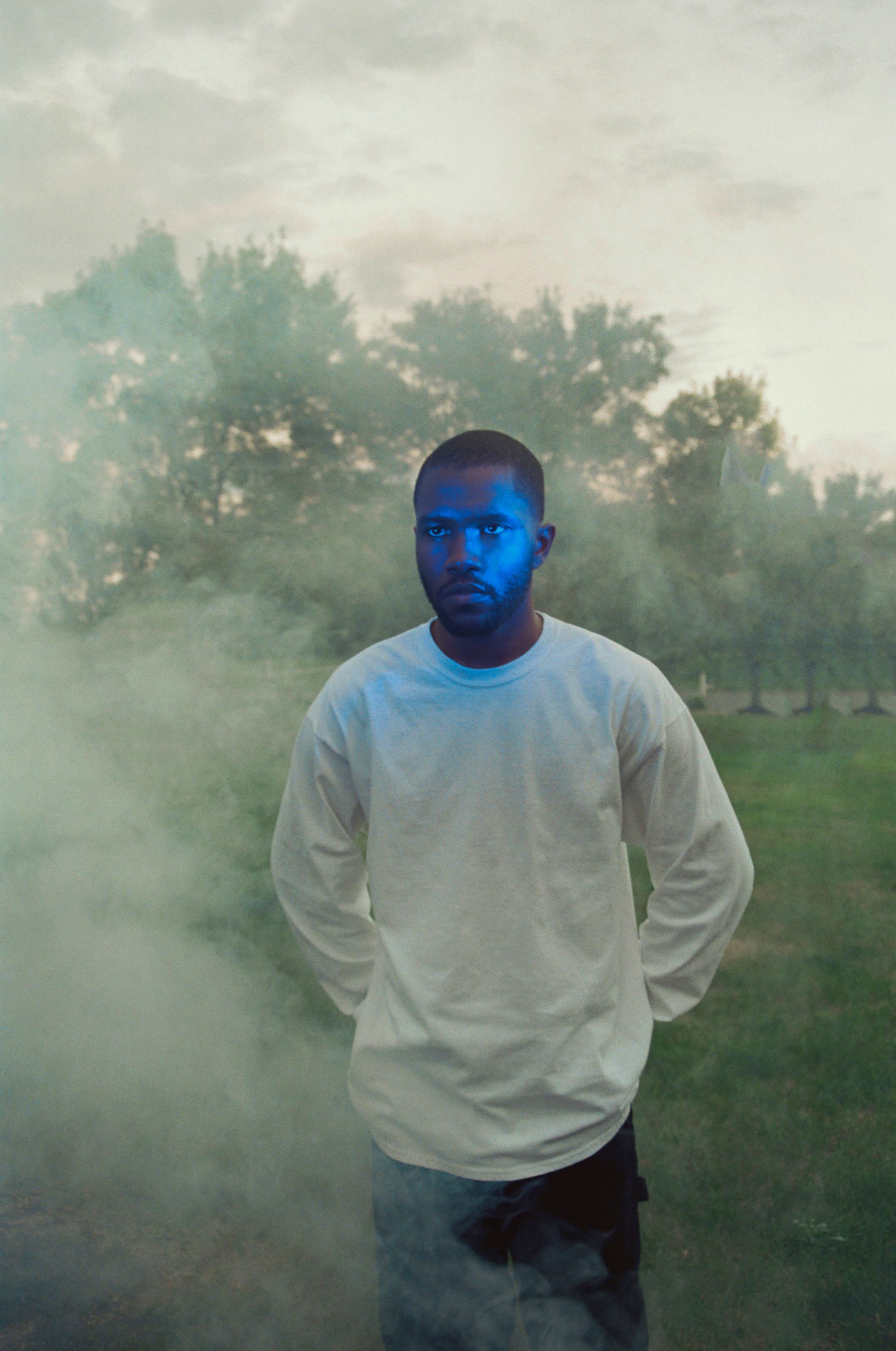
FRED TURNER: Silicon Valley Thinks Politics Doesn’t Exist
The world’s foremost scholar on the birth of Silicon Valley out of 1960s counterculture, Fred Turner talks to Rhizome’s Nora Khan about the tech industry’s hidden puritanism, the myth of neutrality in engineering, and what a Whole Earth Catalog would look like today. (Spoiler: it would not be Google.)
By Nora Khan
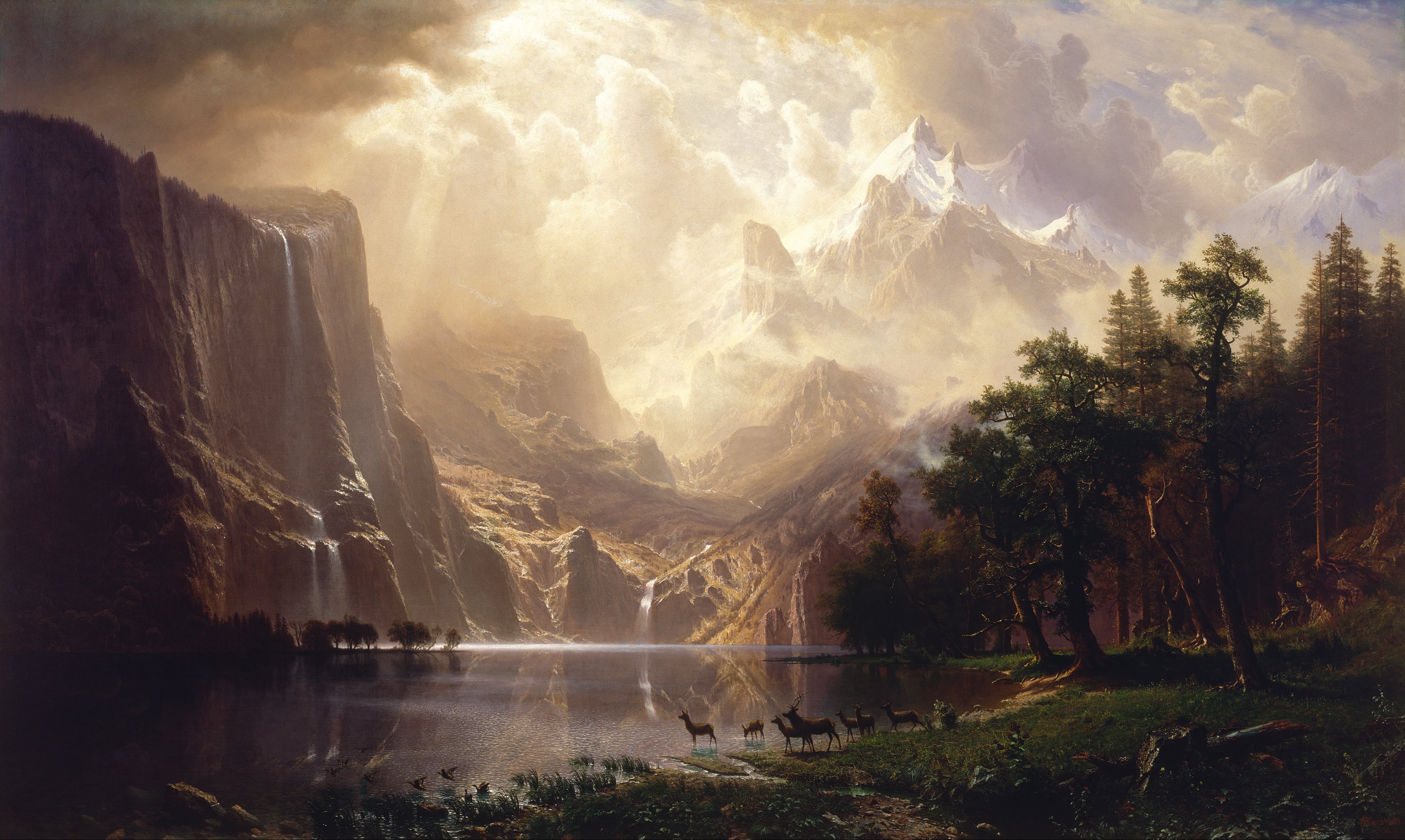
ABC of CdG
In 032c’s Issue 20, we devoted a 40-page section to Rei Kawakubo at COMME DES GARÇONS. Here, our specially compiled alphabet systematically uncovers the enormous diversity of response that Kawakubo’s work has provoked.

House as Archive: James Baldwin’s Provençal Home
For her new book, Magdalena J. Zaborowska visited the house Baldwin occupied from 1971 to 1987 “to expand his biography and explore the politics and poetics of blackness, queerness, and domesticity.” Here, she narrates her early journeys to Baldwin’s home and proposes a salve for its recent loss: a virtual presentation of Baldwin’s home and effects.
By Magdalena J. Zaborowska
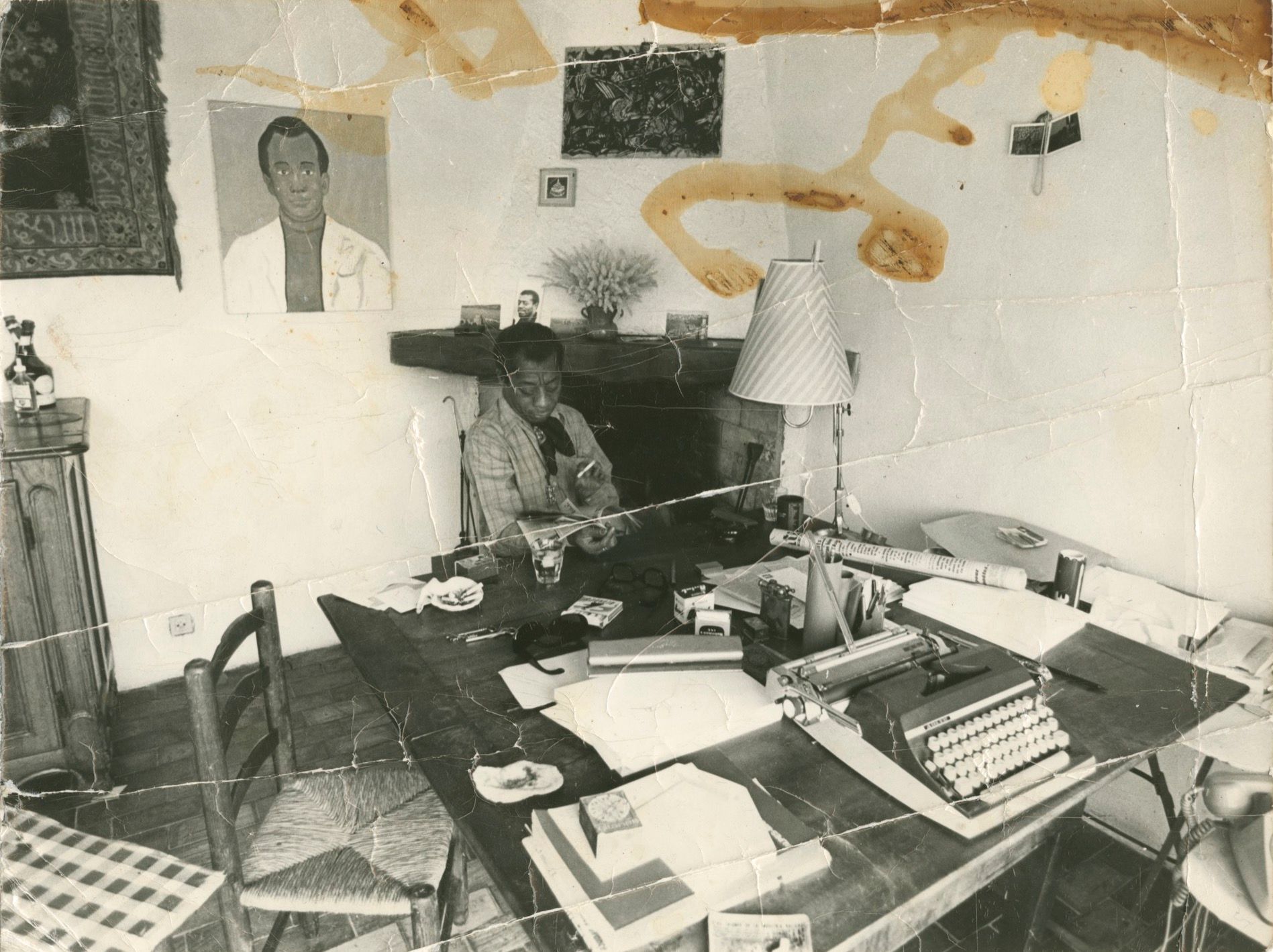
“The Earth is Trembling”: ÉDOUARD GLISSANT in conversation with HANS ULRICH OBRIST
Archipelago, a new book by the philosopher Édouard Glissant and the curator Hans Ulrich Obrist, proposes an escape from the traps of globalisation and nationalism with visions for a decentralized and interdependent world. Archipelago is a ready-to-hand tool for building new politics, societies, and institutions—to be carried and shared.
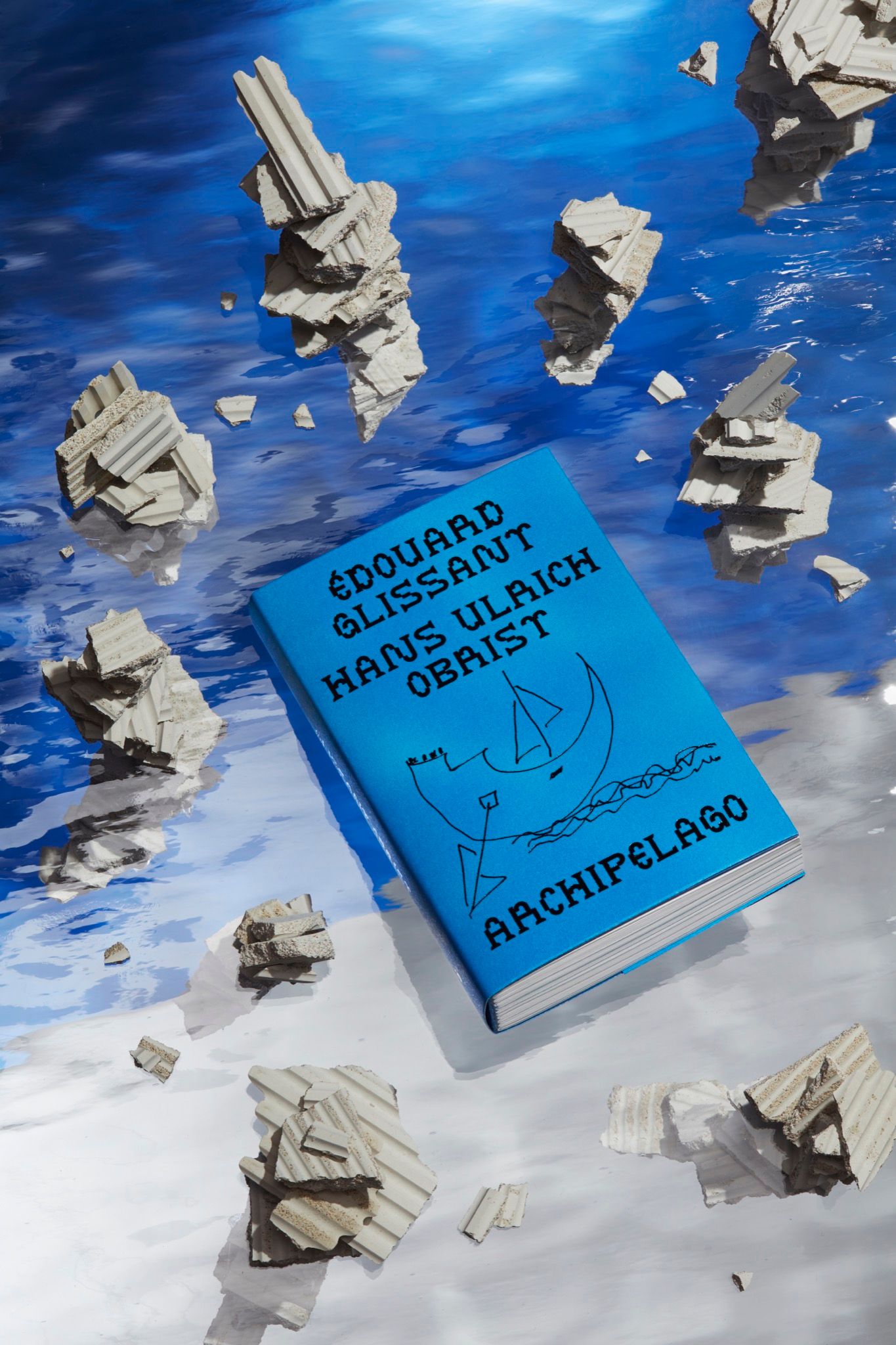
The Metaphysics of SUPREME: Decoding Branded Objects with Philosopher Graham Harman
What happens when a Supreme logo is stuck to an axe? Is the object still an axe, or is it something else? LA-based industrial designer and author Jonathan Olivares sat down with philosopher Graham Harman to find out whether his object-oriented ontology can help explain what a branded object actually is.
By Jonathan Olivares
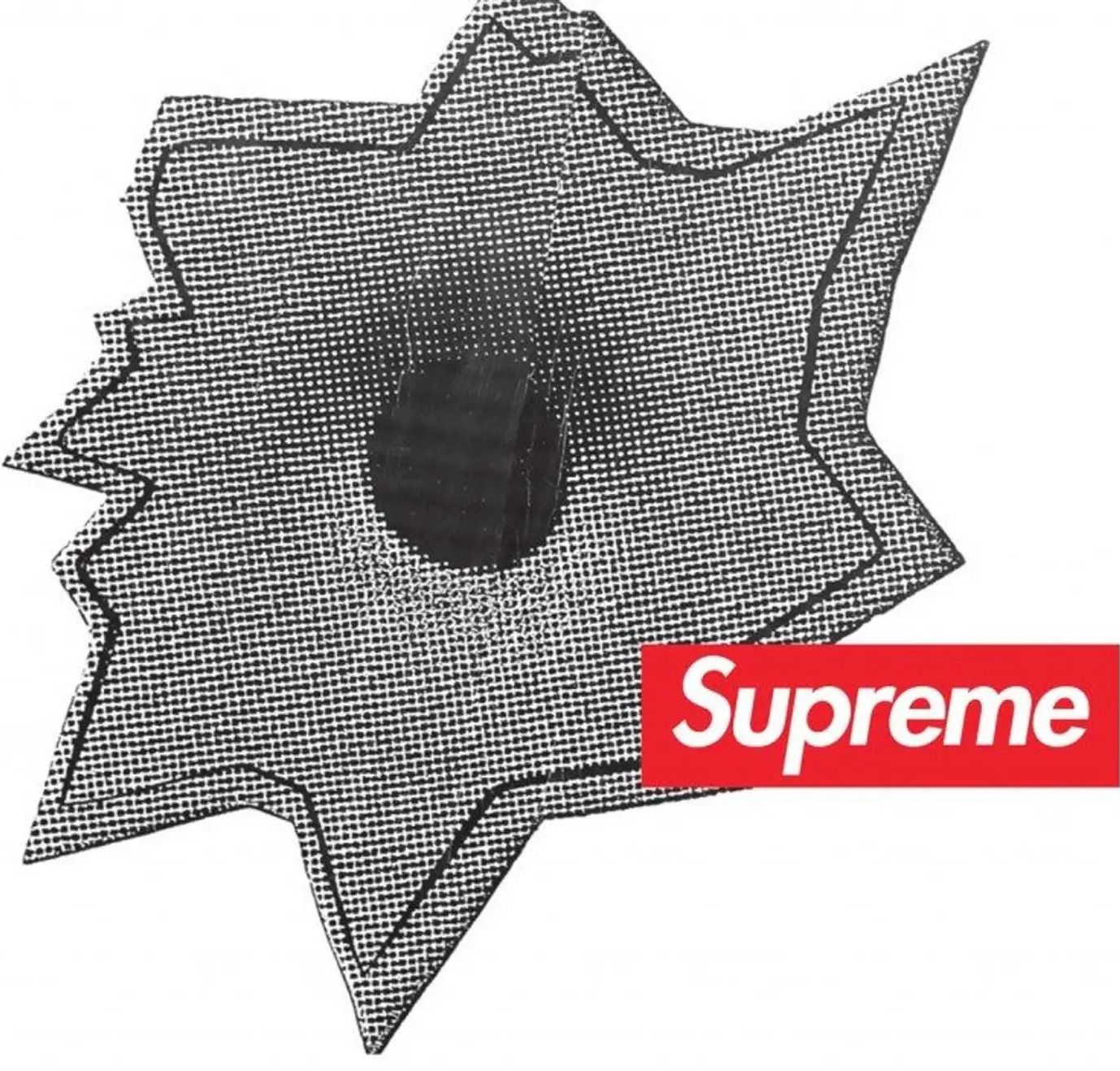
CY TWOMBLY 1966
A “haunting virile cologne for the man on the prowl” titled “Royalty” once appeared in the back pages of Vogue – ideal for a man like Liberace. The unwittingly burlesque ad shared a page in Vogue’s November issue of 1966 with an article on American painter Cy Twombly. For Twombly, who is notoriously shy of media, and rarely sits for the camera or an interview, the Vogue story and its legacy offer a neglected biographical key, both real and imagined, which has haunted the artist since it first appeared.
By PIERRE ALEXANDRE DE LOOZ
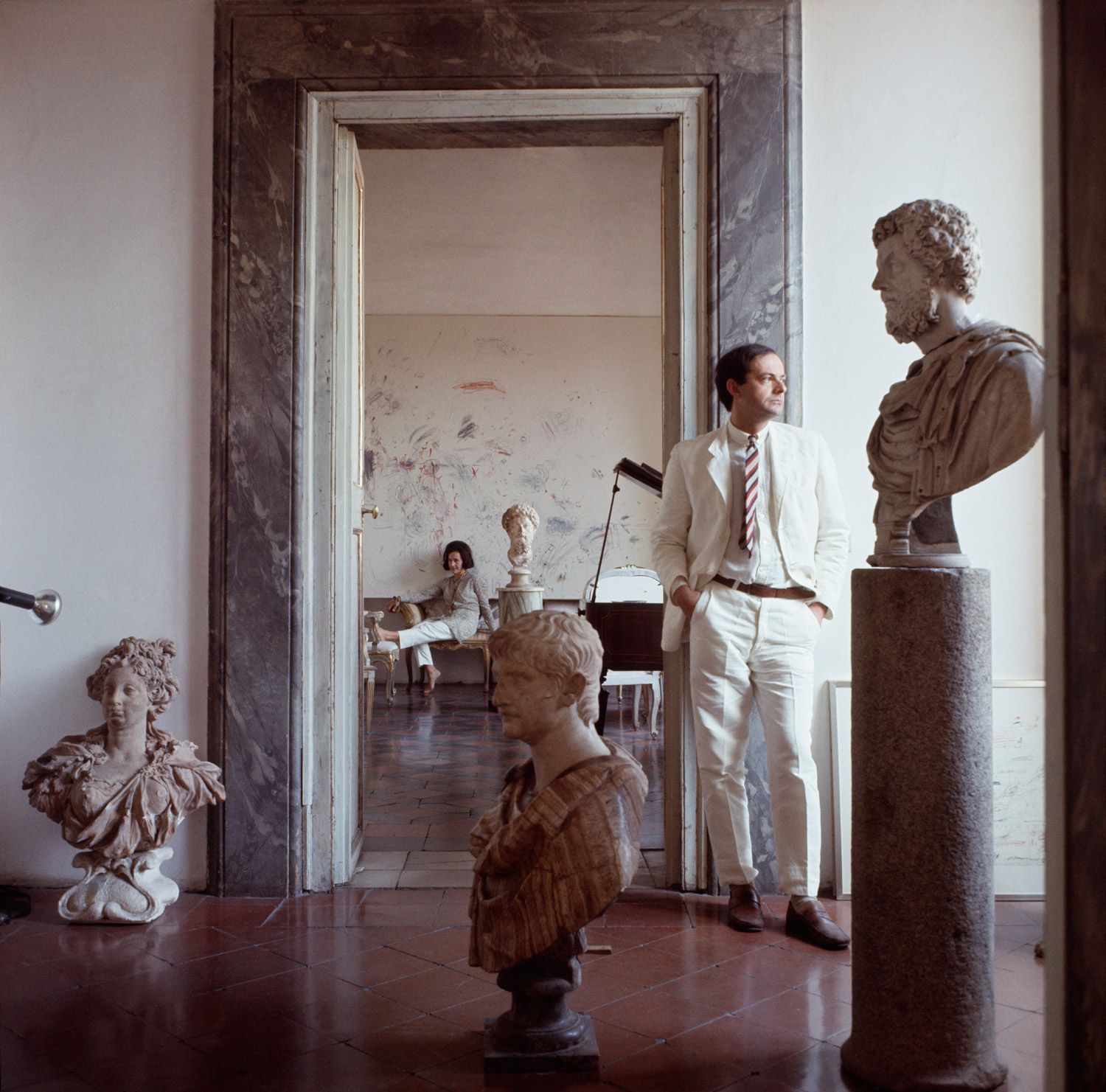
RAF SIMONS RETROSPECTIVE: 1995–2015
20 years after its inception in 1995, the Raf Simons label had become an oracle for a pre-Internet notion of beauty and freedom. It’s a brand rooted in the site specificity of IRL subculture, the iconoclasm of 20th century design, and the melodramatic land-scape of suburban isolation. Yet, after 40 collections and counting, the man behind RAF SIMONS remains an enigma. Published for the first time online, 032c’s dossier on Simons from our instantly sold out 27th issue includes an essay and interview, an archival shoot by Willy Vanderperre, and a poem by Peter De Potter.
By PIERRE ALEXANDRE DE LOOZ
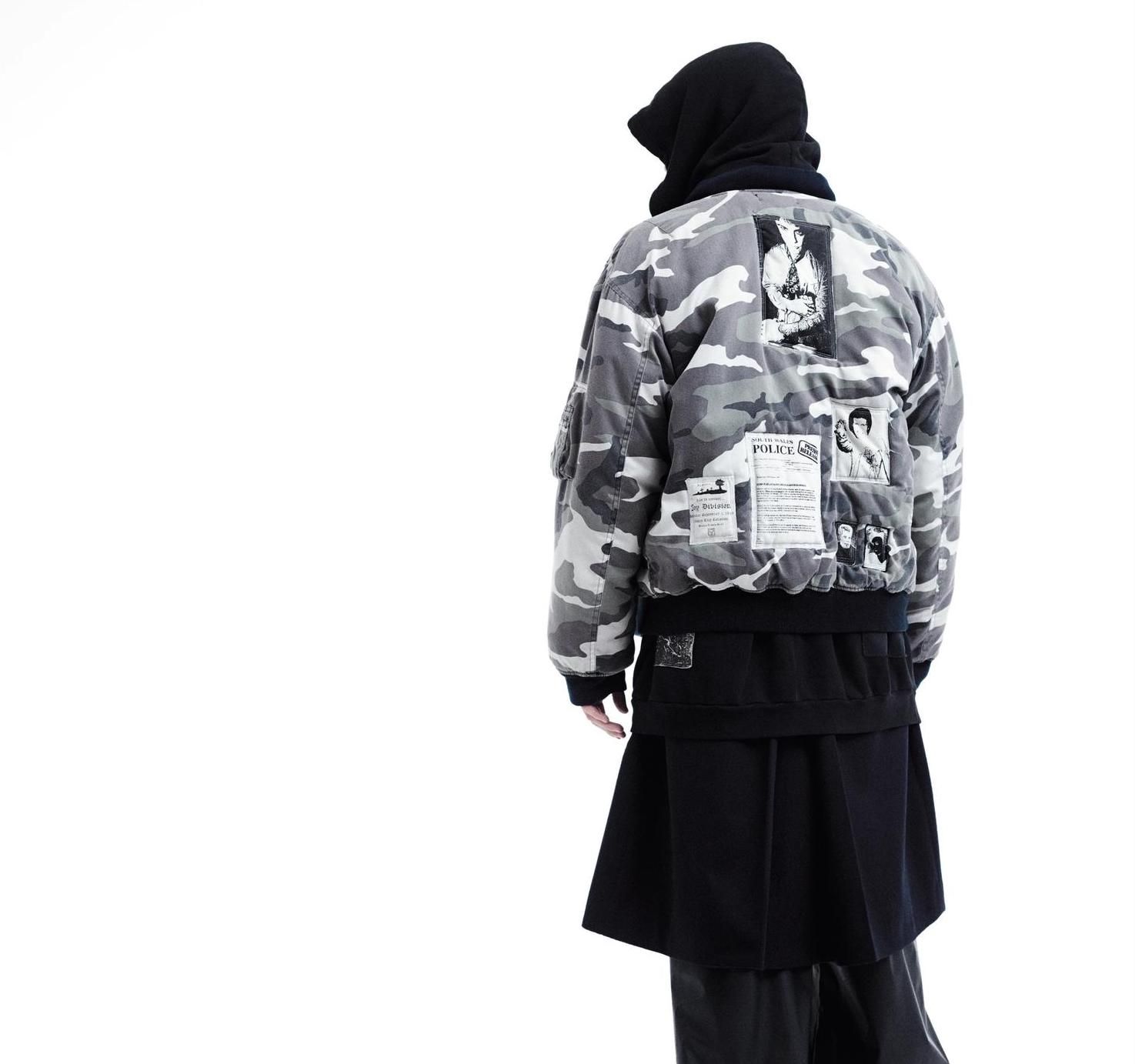
FKA TWIGS Returns to Planet Earth
With her breakthrough album, FKA twigs re-constructed what it means to be a diva. After her return from a year-long tour, Hans Ulrich Obrist spoke with the singer about poetry, autonomy, and the importance of baby hair curls. In a shoot with Juergen Teller, she channeled the spirit of legendary voguer Willi Ninja.
By Hans Ulrich Obrist
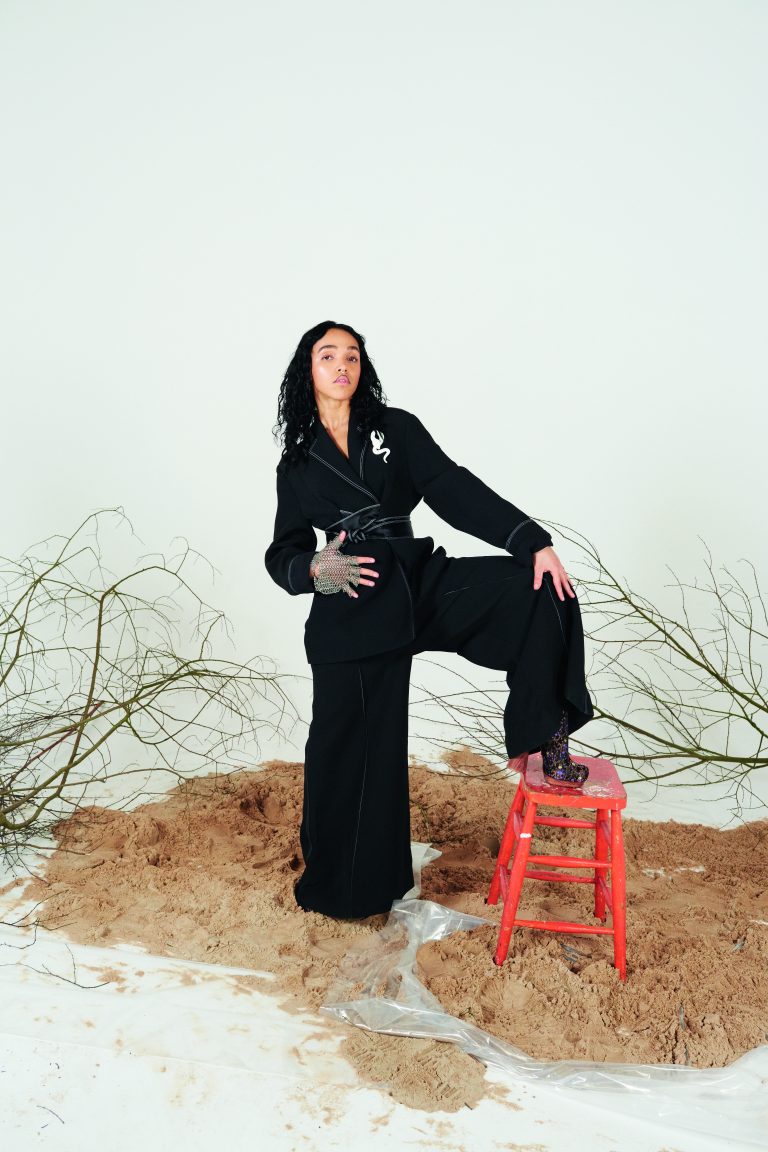
JEREMY O’HARRIS: A Season in Hellbrunn
JEREMY O. HARRIS shares a birthday with the Marquis de Sade. The 31 year old has earned writing fellowships, prizes, and an HBO deal for works such as Daddy (2016) and Slave Play (2018) – which, as this magazine went to press, made Tony Awards history with 12 nominations, breaking records for a new play. The New York Times described Slave Play as encompassing “the entire scope of interracial America,” speaking to millions through just a “handful of characters.” Themes taken on – at once viscerally, and with humor – by the Yale School of Drama graduate have nonetheless polarized viewers, and Harris’ depictions of sexual and racial violence and trauma have inspired petitions against their performance on stage.
By Helene Hegemann
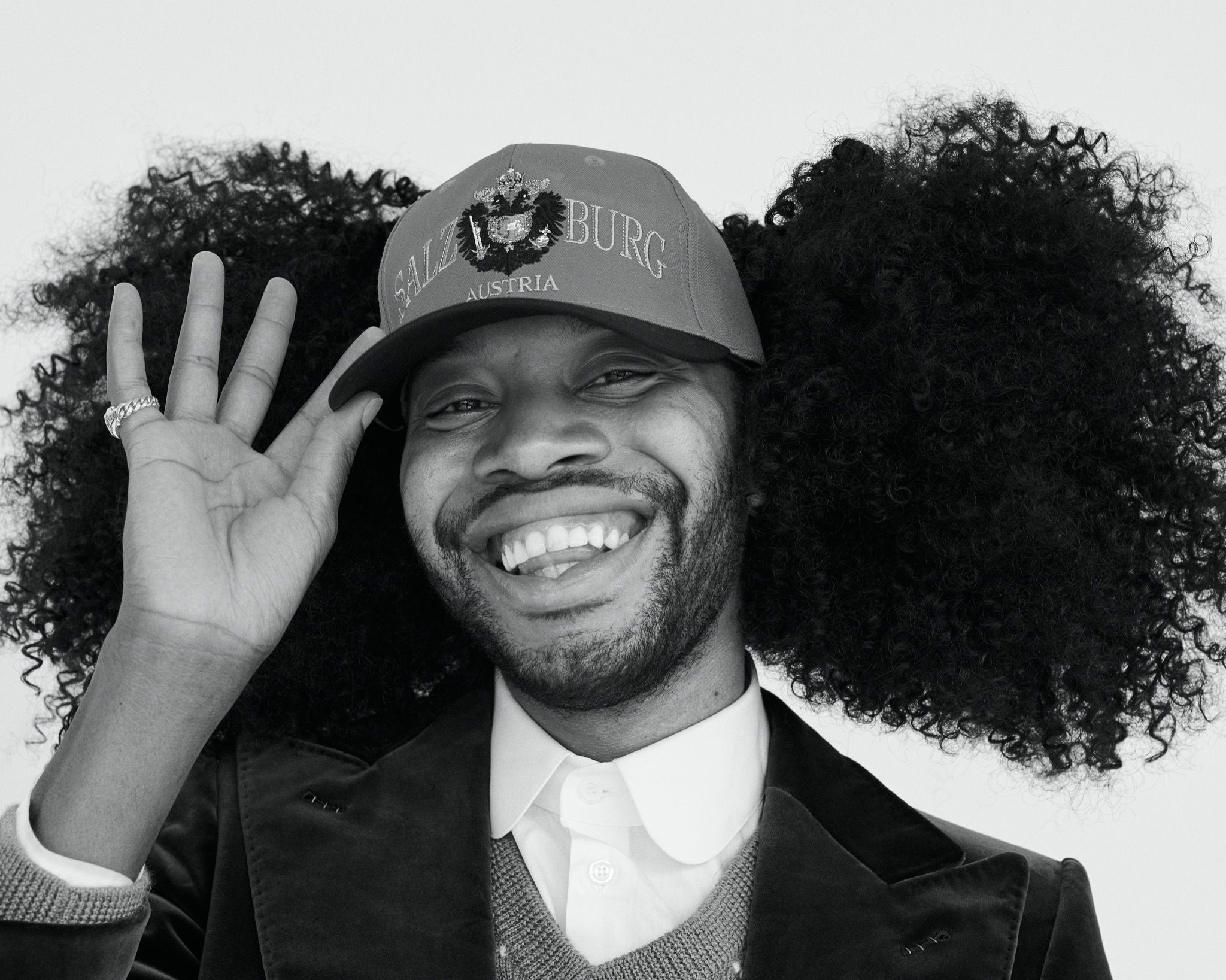
NO BLOODLESS PROPHET: Hilton Als on James Baldwin’s Body
Curated by Hilton Als, “God Made My Face: A Collective Portrait of James Baldwin” seeks the human existence behind an author’s political legacy. Als speaks to 032c’s Victoria Camblin about Baldwin’s body, faith, and voice, via playgrounds, David Zwirner, and going back to Berlin.
By Victoria Camblin
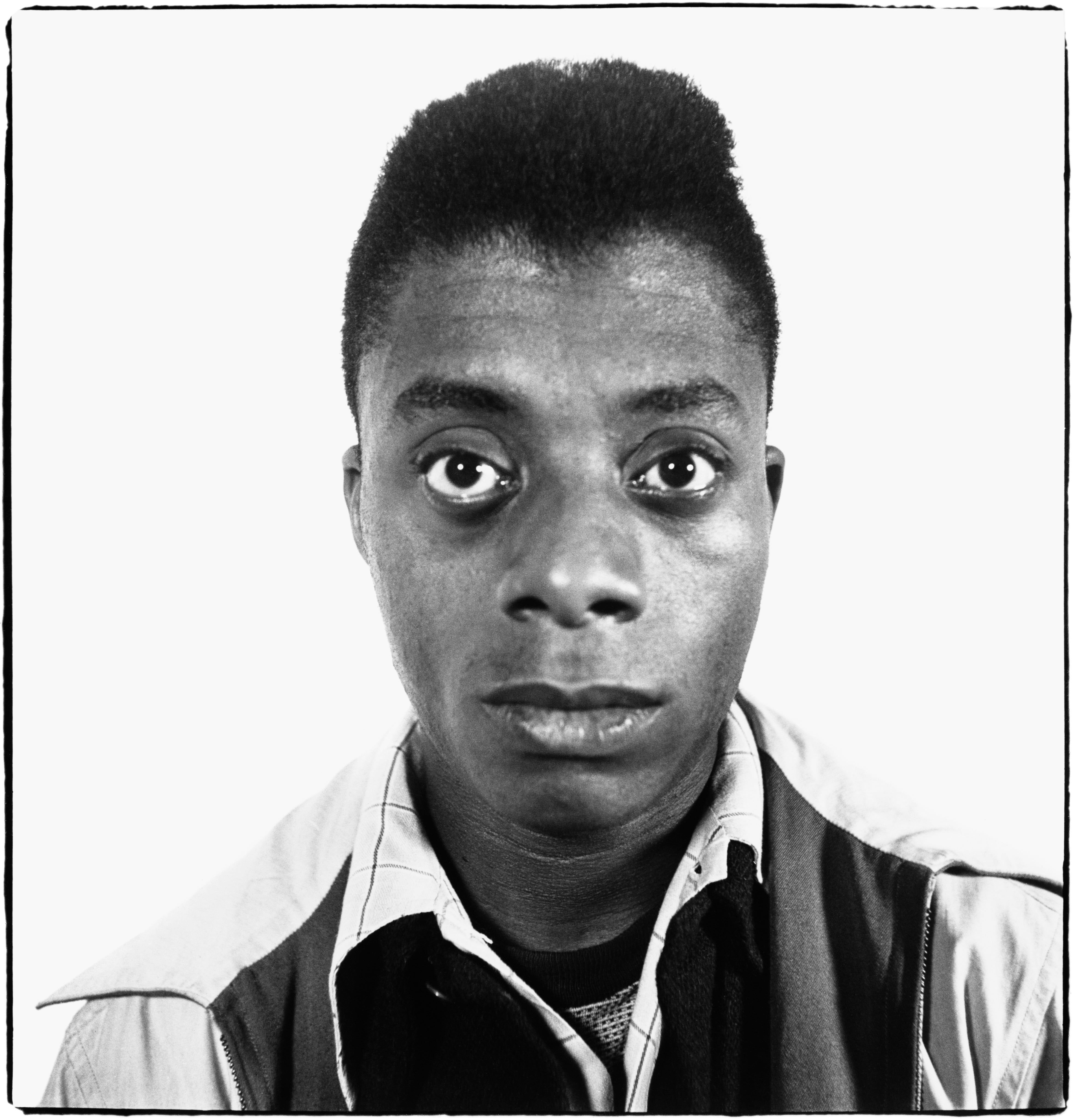
“I Don’t Want Anything”: An Interview with ECCO2K
The Stockholm-born artist Ecco2k (née Zak Arogundade) makes work that encompasses everything between music, filmmaking and fashion design. Along with Bladee and Thaiboy Digital, Ecco2k is one of the cofounders of Drain Gang. In recent years, they have amassed nothing short of a cult following, both for their solo releases and collaborative albums D&G and Trash Island. Ecco2k’s solo EP PXE, released on YEAR0001 at the end of March, sounds like “throwing a car battery into a washing machine,” per his own admission.
By Alexander Iadarola

NIKE in 2020: Strengths, Weaknesses, Opportunities, Threats
Roughly every four years, Nike throws a World’s Fair for sport tech, showcasing the brand’s latest innovations in gear ahead of the summer Olympic Games. 032c returns to an old corporate strategy favorite – the SWOT (Strengths, Weaknesses, Opportunities, and Threats) analysis – to consider Nike’s position and message for 2020, and beyond.
By Victoria Camblin
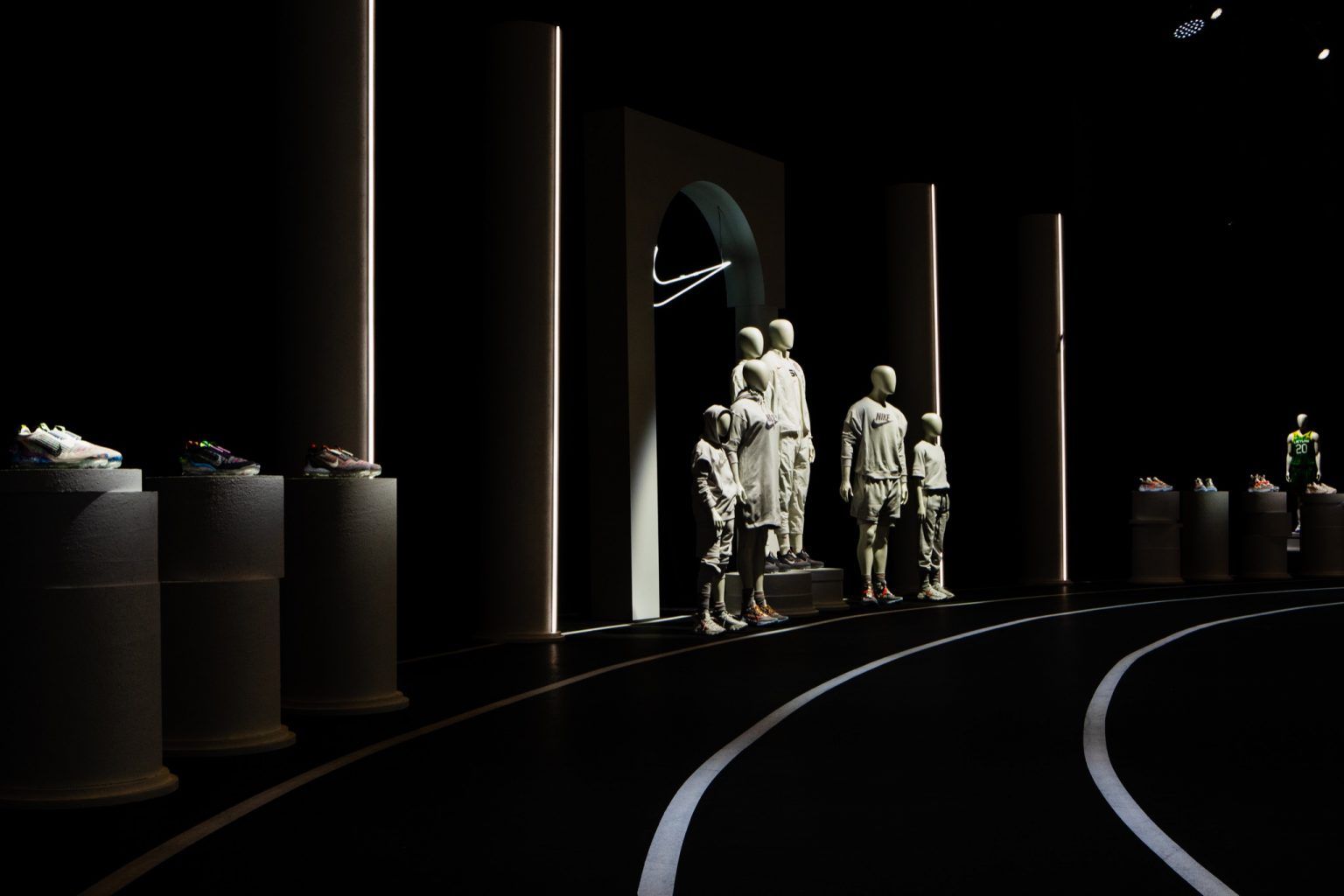
The Saddest Drip
Born as Ufuk Bayraktar in West Berlin, the name Ufo361 is both a play on his first name as well as a shoutout to Kreuzberg’s two postal codes before the fall of the Berlin Wall (36 and 61). But his moniker suggests more than that. Ufo361’s sound and early adoption of Atlanta’s trap music suggests coming from afar but he still (mostly) raps in the language of his primary audience: German. Nevertheless, Ufo361 has shot into the outer orbits of fame, collaborating with trap legends including Quavo, Gunna, and Future. It is this blend of the foreign and the familiar that have made him an absolute star in Germany. His most recent album, Stay High, was number one in the German charts, and you can now hear trap being bumped in cars, bike repair shops, and burrito joints. And everywhere you go, it’s Ufo361’s distinctive voice that you hear most often.
By Shane Anderson
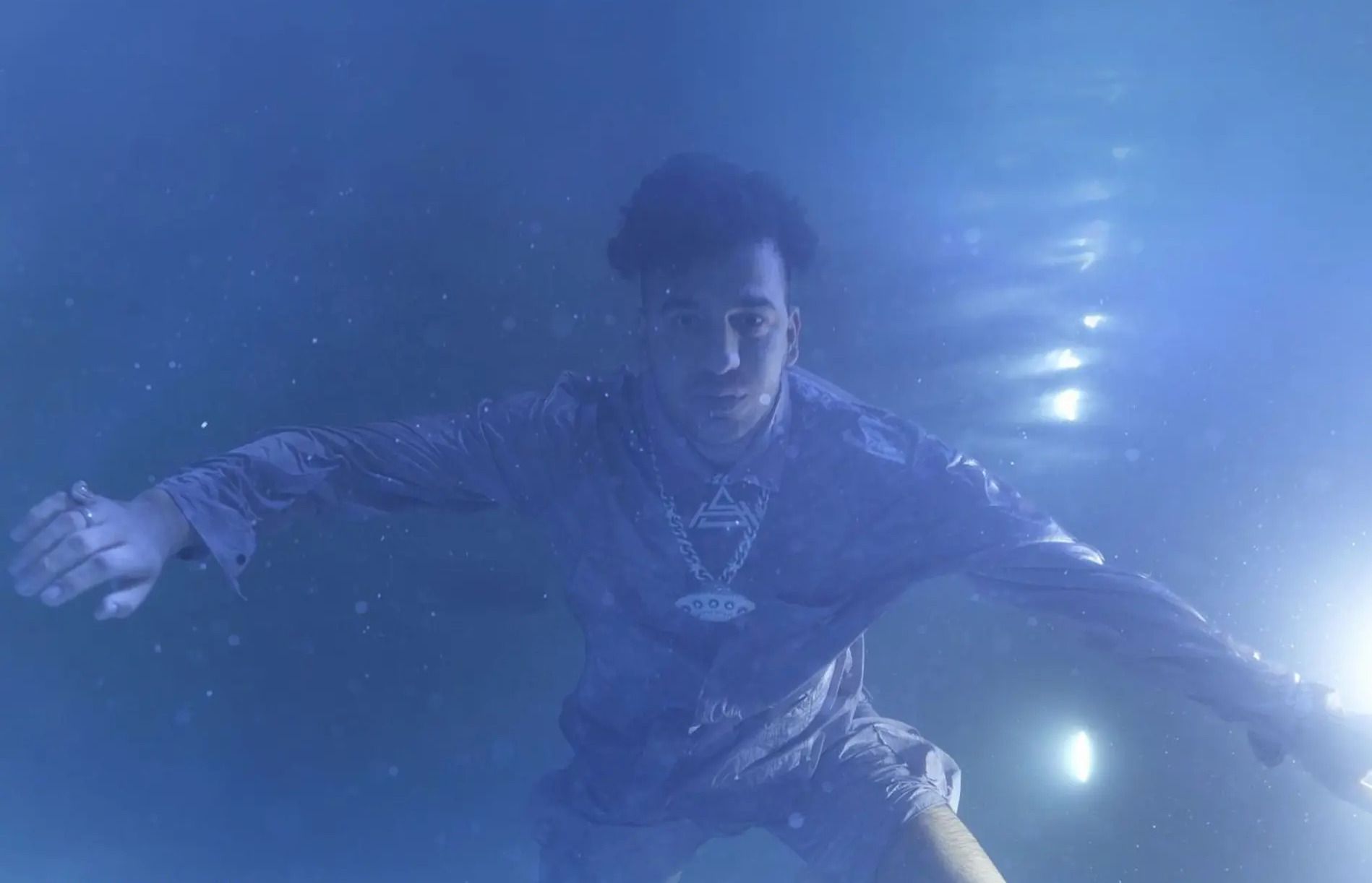
CATE BLANCHETT
CATE BLANCHETT – erudite, pithy, inimitable – has a fluid attitude towards script and character. “I’m not an actor that says, ‘these are the circumstances I need in which to work.’ Every project, every different group of actors, dictates the way you work.” An interview with the Australian actor.
By CARSON CHAN & ED PAGINTON

RAVE: Before Streetwear There Was Clubwear
WAR, POSTMODERNISM, DIY, SEX, SCIENCE FICTION. Writer Adriano Sack maps the key constituents, ideals, and reference points of CLUBWEAR. Ravers staggered into a changing world and their clothing aimed to express that. They saw the future. And they kissed it.
By Adriano Sack
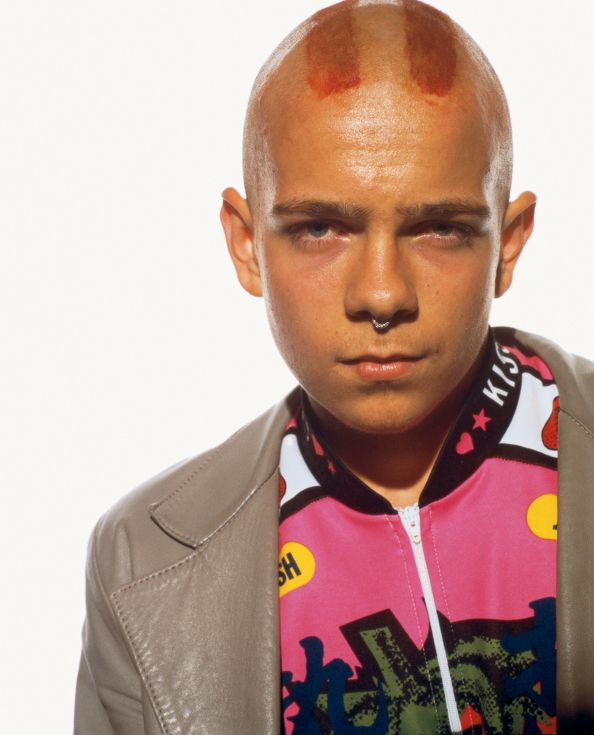
Hypebeast vs. Highsnobiety: A Journey Toward the Heart of Content
As Hypebeast and Highsnobiety grow, the world around them seems to be following suit. The product calendar has begun to approximate the dizzying pace of their web posts, and brands are feeling the need to trade in content as opposed to advertising. But even in an industry that recognizes content’s power, the question of what content actually is remains an enigma. 032c visited Hypebeast and Highsnobiety’s headquarters to take a closer look at the anatomy of fashion’s two leading content machines.
By Thom Bettridge
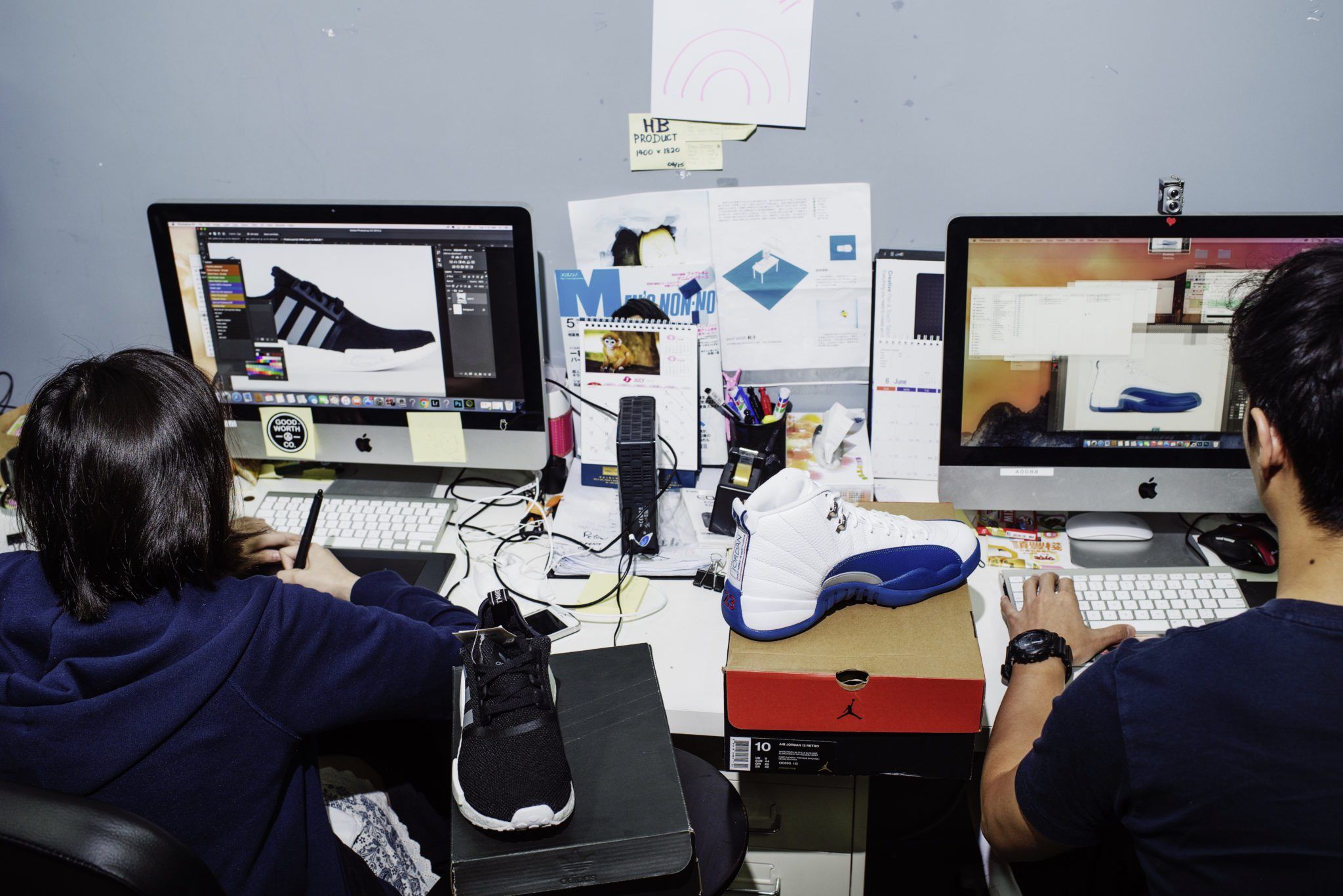
JOHN BERGER, The Happy Centaur: Visiting a Rural Futurist
The author and artist once brought art criticism to the masses with his television series and book Ways of Seeing. When he won the Booker Prize in 1972, he donated half of the prize money to the Black Panthers and used the rest to relocate to Quincy, a small village in the French Alps. It is the stage for The Seasons in Quincy, a film that explores his secrets through four portraits.
By NIKLAS MAAK
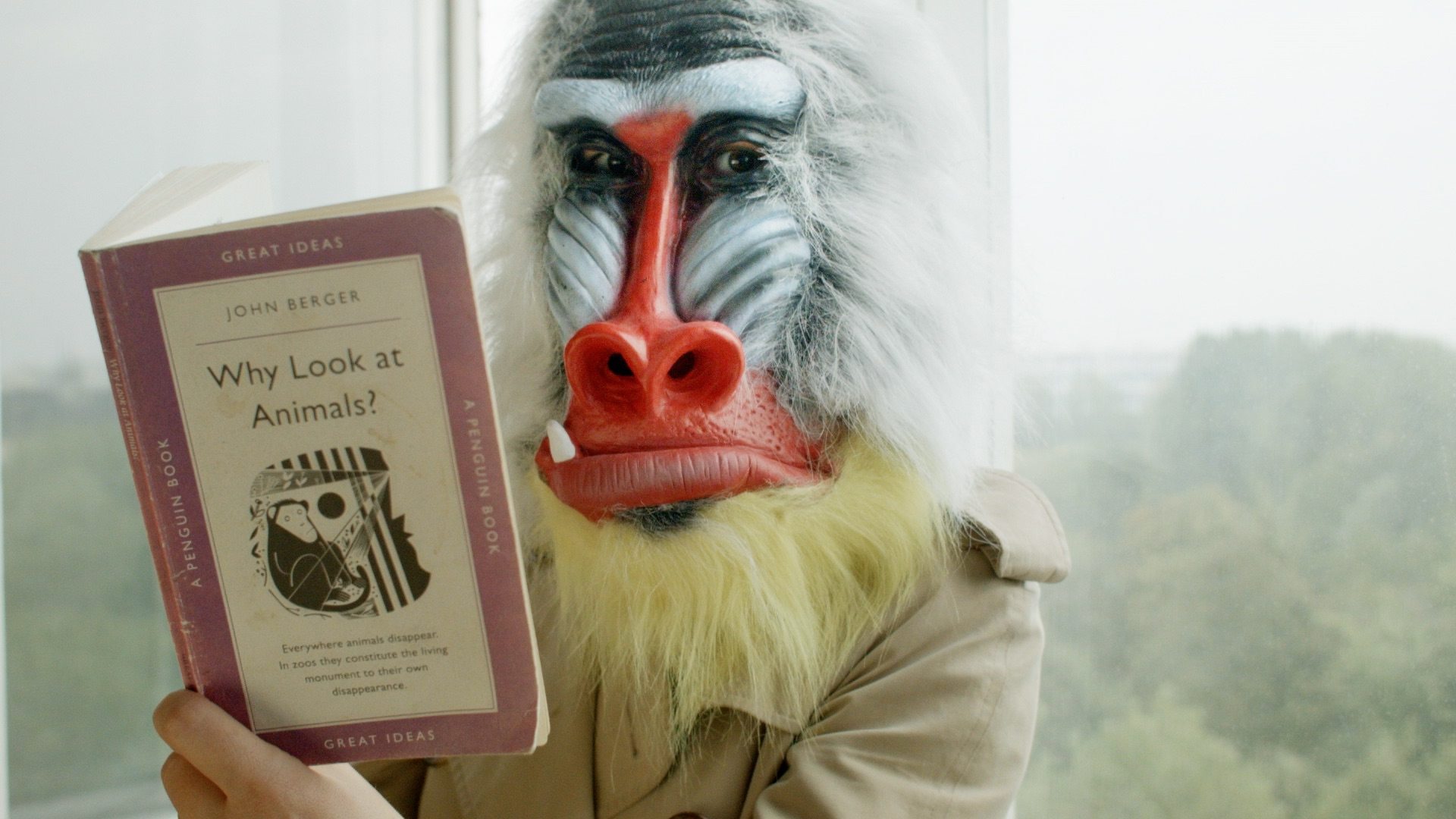
ANGST: ANNE IMHOF
Anne Imhof’s three-act opera Angst is a grand and opaque artwork that drifted across the world like a low-pressure system. Act one saw its performers communing around a fountain filled with water and whisky at Kunsthalle Basel this summer. For act two, Imhof set up anarchic camps in the fog that filled Berlin’s Hamburger Bahnhof during the city’s art week.
By BIANCA HEUSER
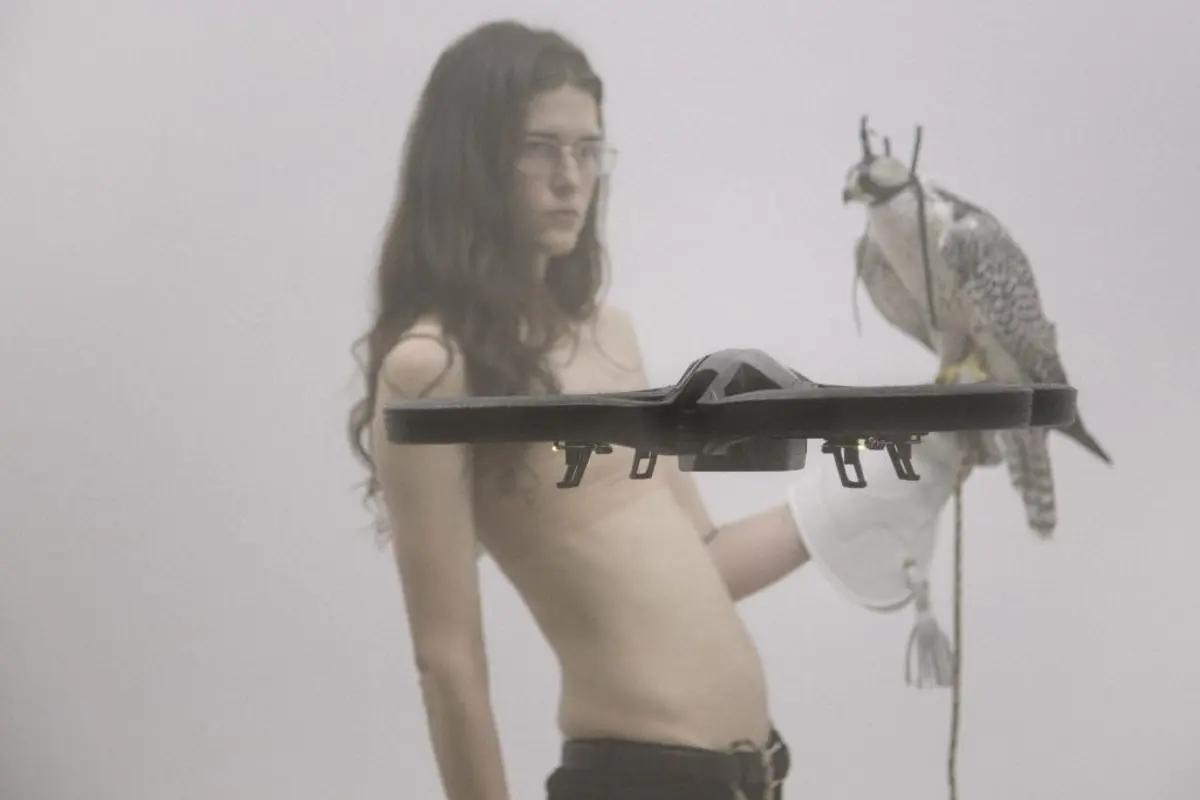
The Man Who Came From Hell
It’s been exactly 30 years since David Bowie biked his way around the divided city of Berlin, since he haunted those clubs and gay bars, ate pâté on Wannsee, went shopping at KaDeWe, rode his bike and showed the Berlin guys and girls, their long hippie hair just hacked off, just what sort of cool elegance their city was capable of. Or rather, how coolly and elegantly one could live in this imprisoned, demolished city, robbed of all its glamour, if one simply treated it as a stage and oneself as an actor upon it.
By TOBIAS RUETHER
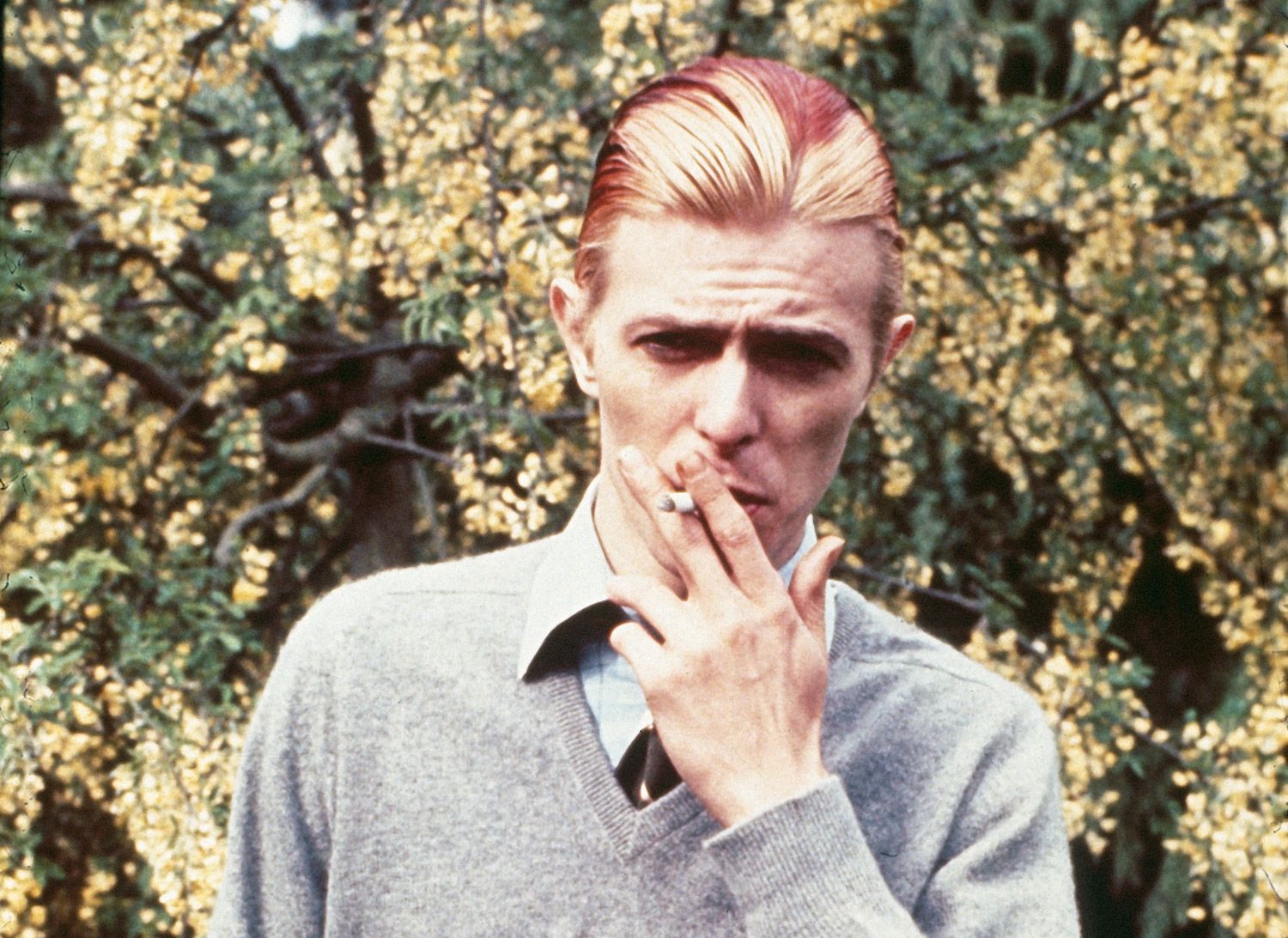
CARSTEN HÖLLER: The Brutalist Kitchen Manifesto
Carsten Höller's new restaurant, BRUTALISTEN – which doubles as a work of art – is now open in Stockholm. To celebrate the occasion, we revisit the manifesto that spawned its creation.
By XERXES COOK
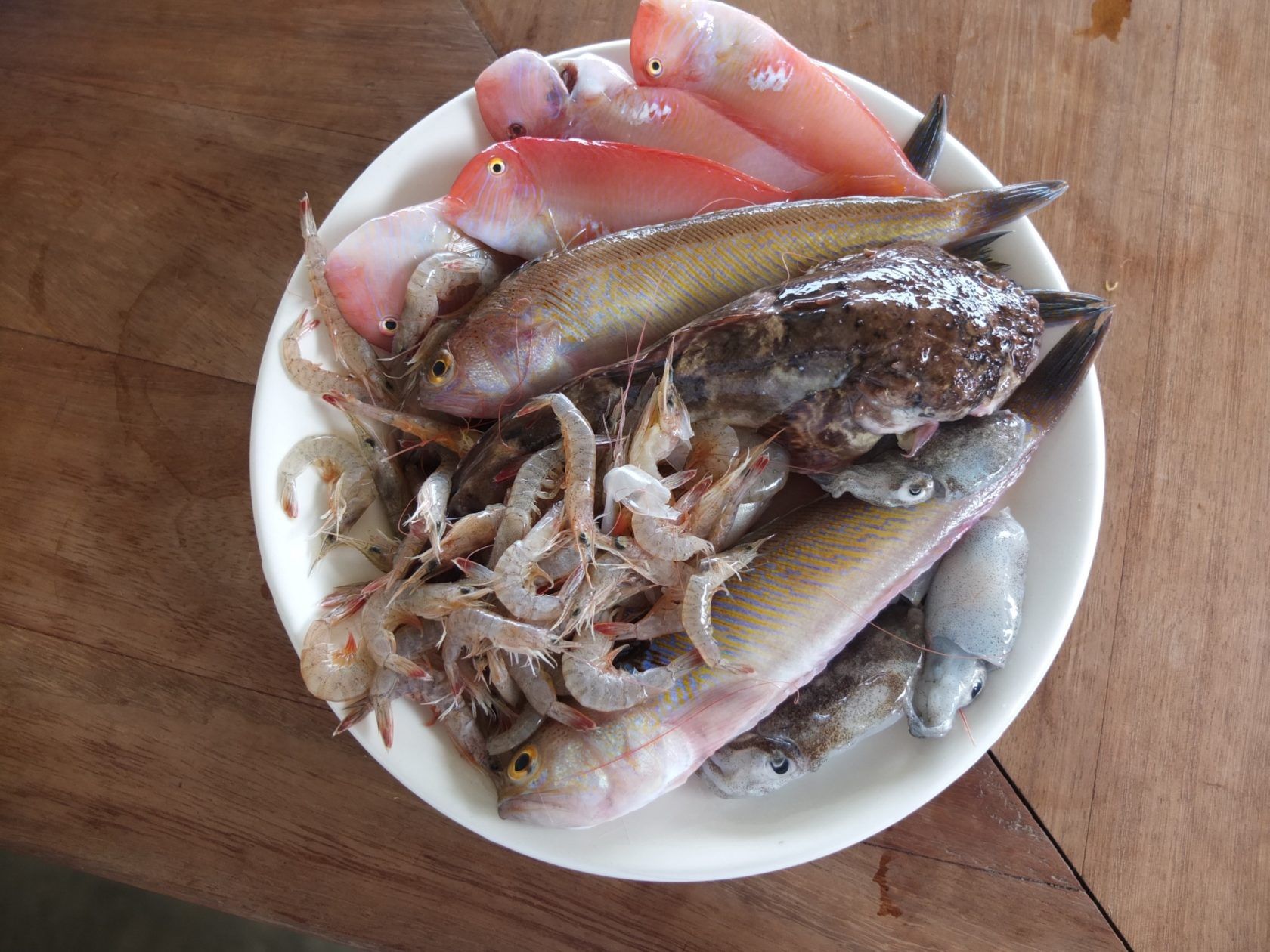
WERNER HERZOG
WERNER HERZOG recently bequeathed the entirety of his archive to the Deutsche Kinemathek in Berlin. He is happy to be rid of the burden; we are happy to take it on. Now in his 70s, Herzog is unencumbered by the treasury of stills, notes, correspondence, annotated scripts, contracts, and clippings he had been accumulating since 1968. “There is only forward,” he says.
By ALEX RÜHLE

THE NEW ANGELES: GIORGIO MORODER on American Gigolo
This is the gayest non-gay movie ever made. This is a homo-hetero conspiracy. This is sex as aesthetics. This is color in place of emotion. This is surface and sound. We can still feel it today. We live in a world defined by it. Crystallizing 30 years of AMERICAN GIGOLO with PAUL SCHRADER and GIORGIO MORODER.
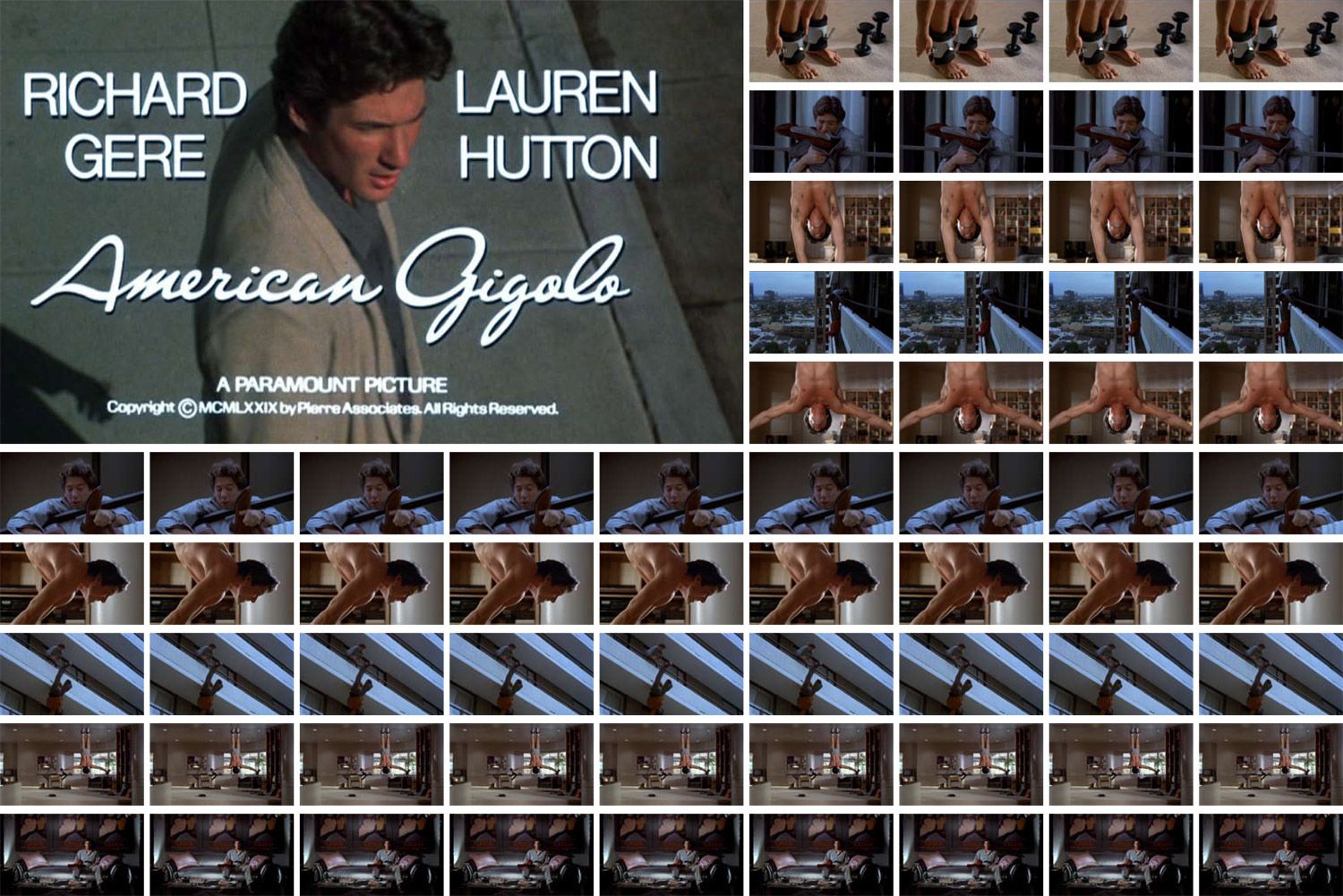
BRING ON THE WATERWORKS! A History of Pissing in Art from 1280 to the Present
In the book Pissing Figures – an academic volume with an aptly deep-orange cover – art historian Jean-Claude Lebensztejn unpacks the complexities of urination in Western art. The book’s stars are the putti – the naughty and plump angels often found urinating in masterpieces throughout the Quattrocento and beyond. Somewhere between human and divine, putti pee holy water into basins and relieve themselves freely in scenes of revelry.
By Thom Bettridge
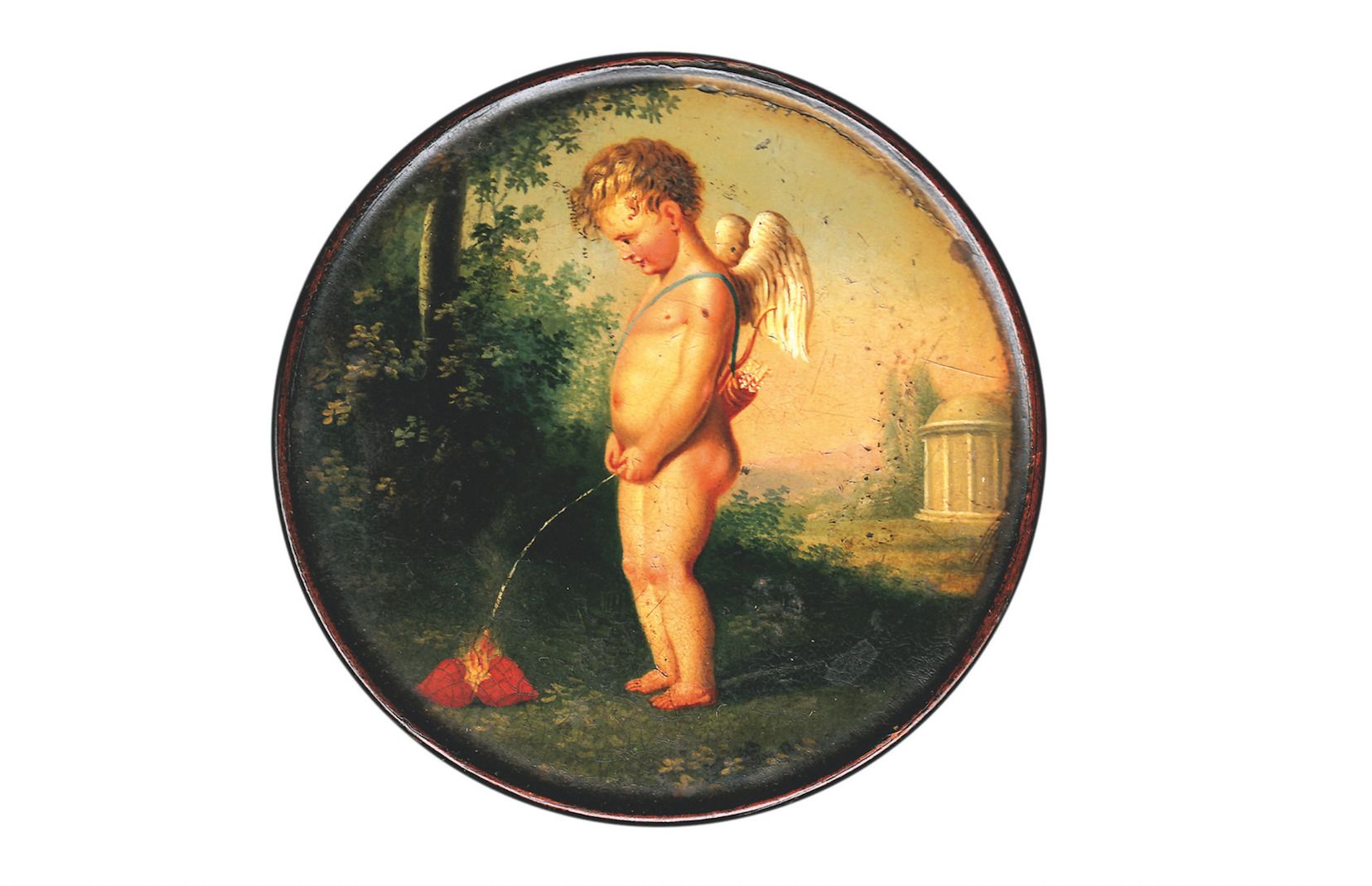
The Philosopher King: Arch-Radical MARTIN MARGIELA’s Tenure at Hermès 1997-2003
When Martin Margiela was announced as the head designer of Hermès, it was presumed a match-made-in-hell between fashion’s biggest iconoclast and the world’s most established luxury house. Headlines with the word “anti-fashion” proliferated, but at the time, Hermès CEO and heir Jean-Louis Dumas saw the designer’s arrival as the coronation of a lucid philosopher king. 032c looks into arch-wadical Martin Margiela’s Tenure at Hermès from 1997-2003.
By THOM BETTRIDGE
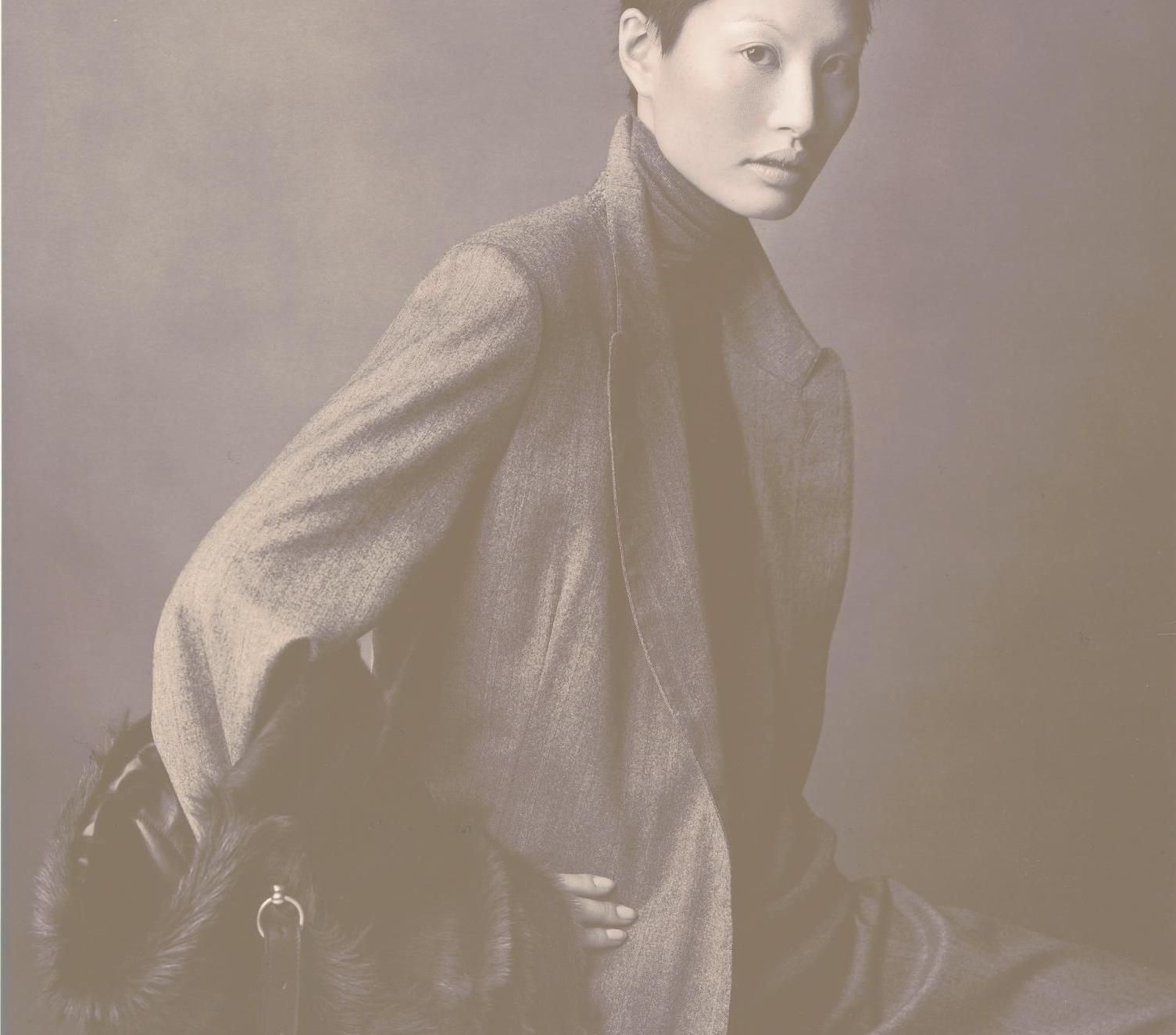
Rest In Paradise: BALKRISHNA DOSHI (1927-2023)
Balkrishna Doshi designs buildings, but he doesn't believe in owning them. Meet the 91-year-old Pritzker-prize-winning architect who helped Le Corbusier build Chandigarh and brought Brutalism to India.
By Sven Michaelsen
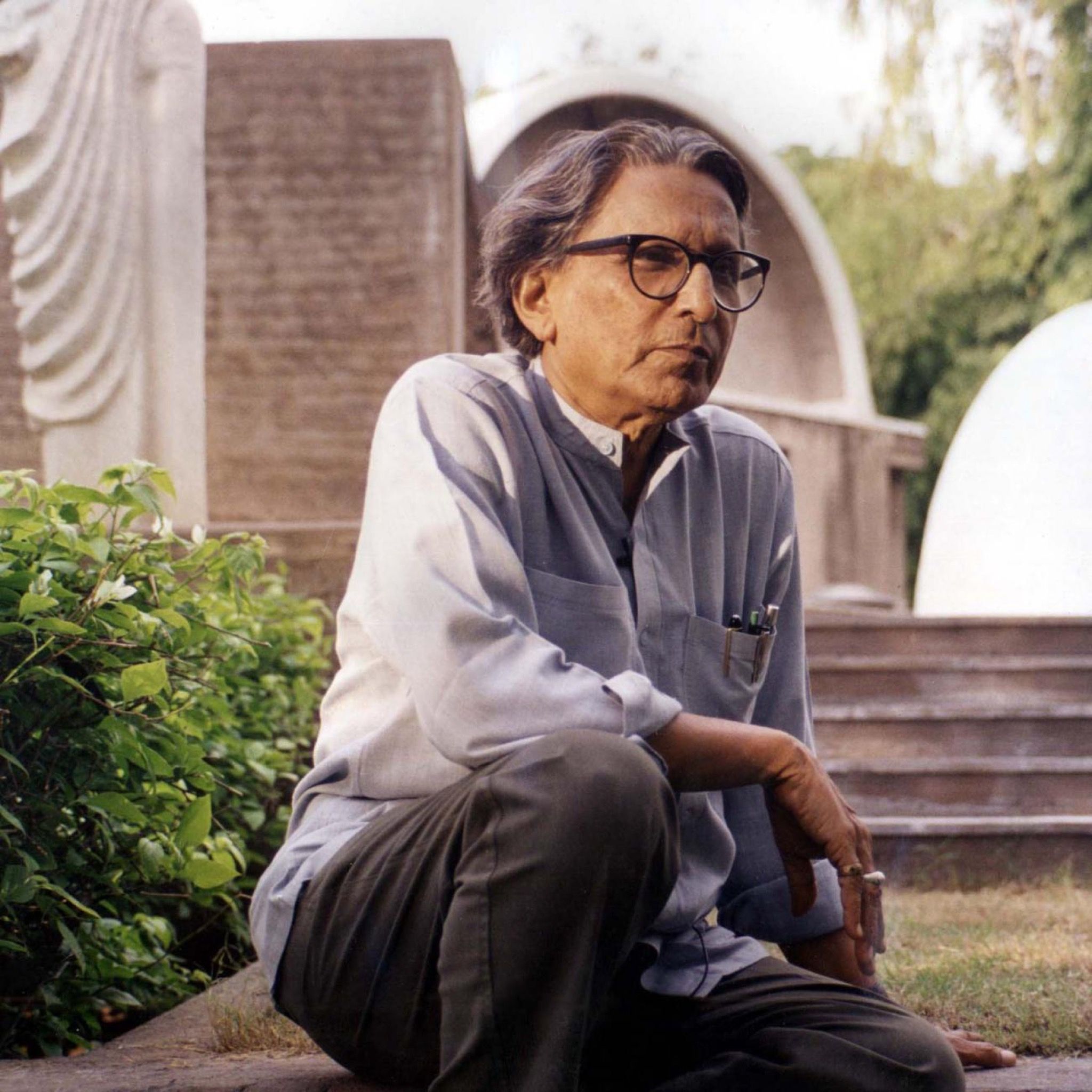
Anti-Villa: ARNO BRANDLHUBER’s Thinking Model for a New 21st Century Architecture
Look at this thing. The windows don’t resemble anything, except perhaps the setting for the French film Themroc (1973). People stand on the roof, without a railing, backlit by high-contrast light. A little later, rain starts falling and the whole group disappears, slipping down one story, visible through the windows that look like eyes.
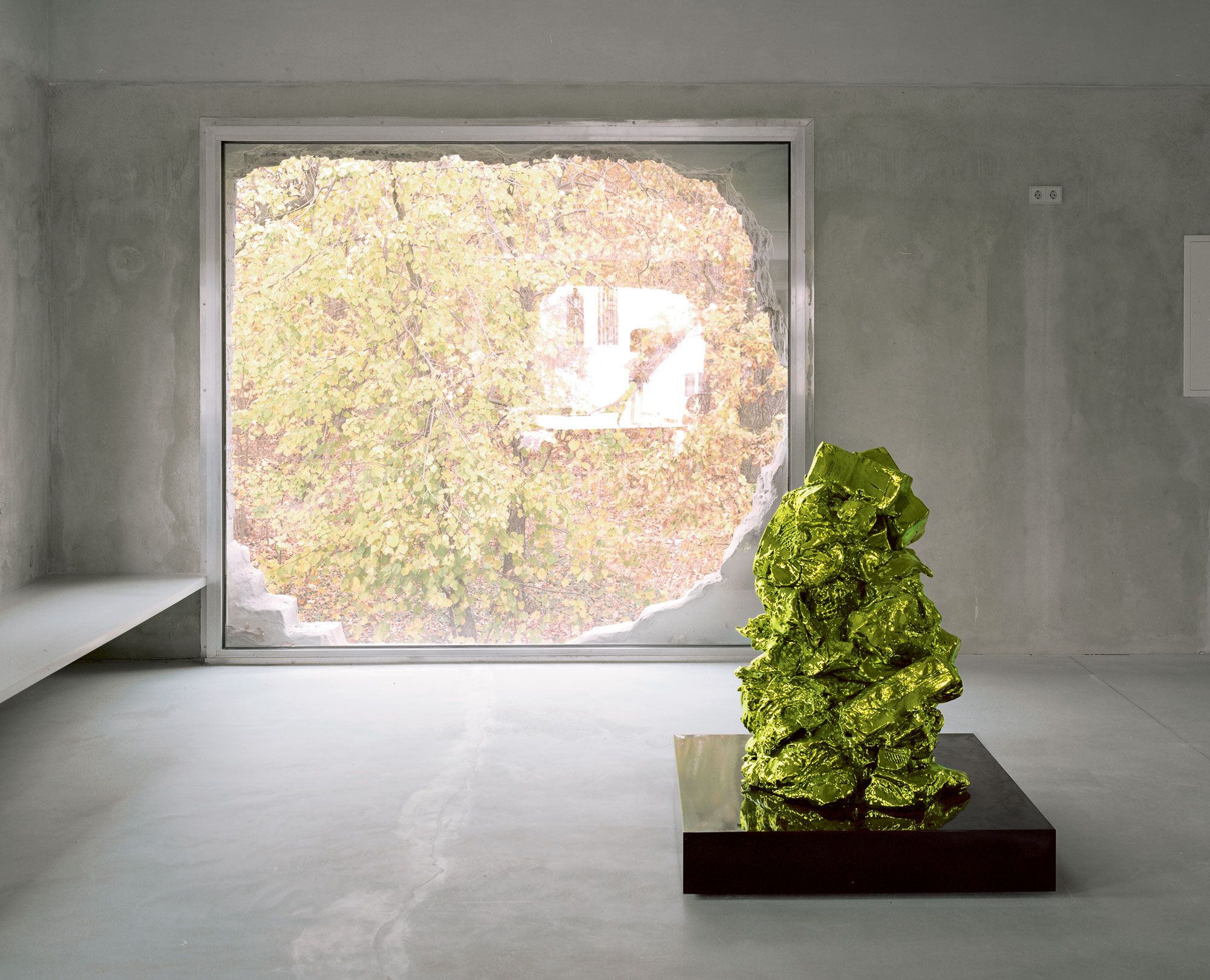
WALTHER KÖNIG, Cologne
Congratulations to WALTHER KÖNIG, who is now the first bookseller and publisher to win the ART COLOGNE Award. In 2012, HANS ULRICH OBRIST caught up with KÖNIG, the man who built the best art bookstore in the world in 1960s Rhineland—and who still runs it.
By Hans Ulrich Obrist
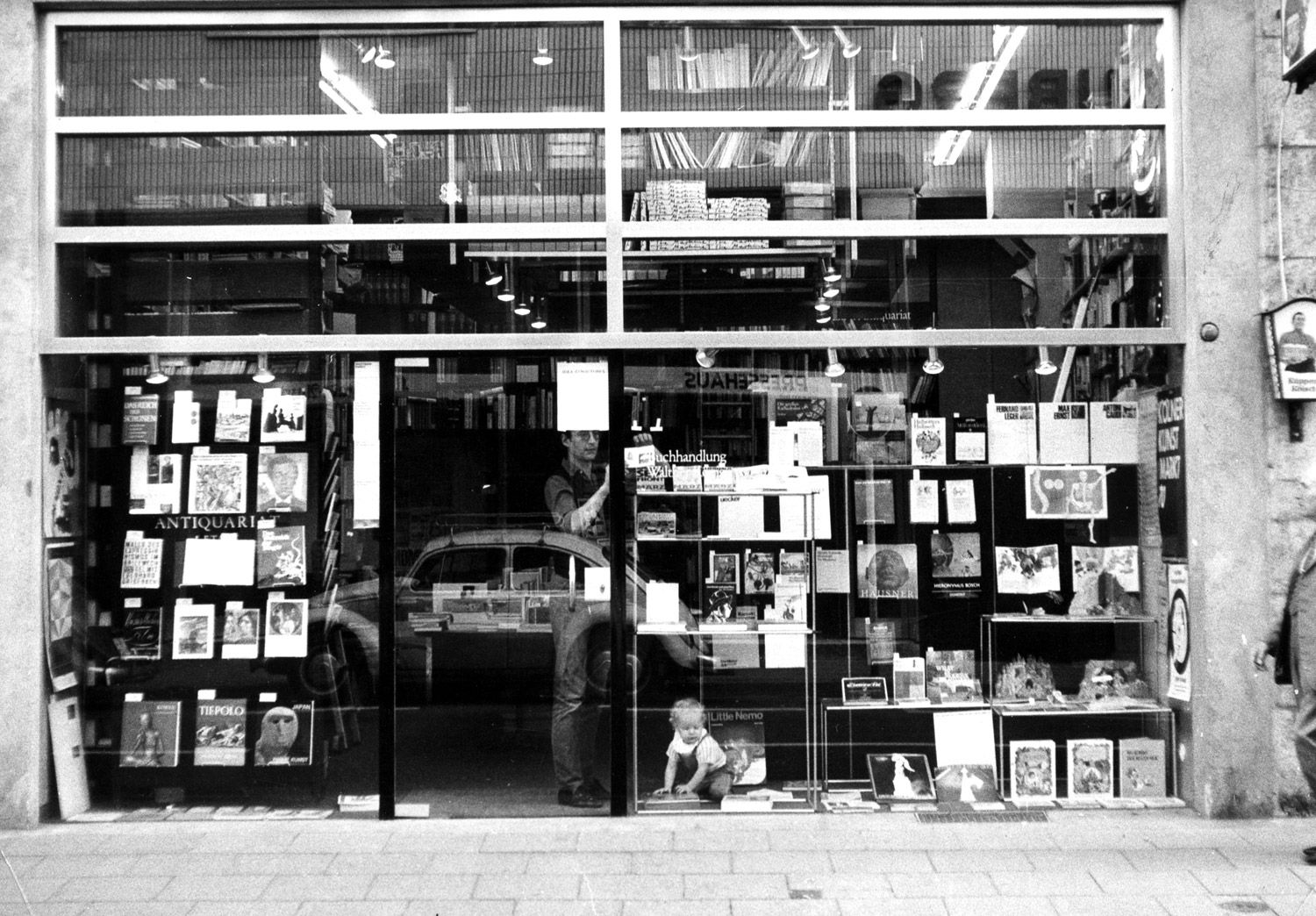
The CHERMAYEFF Century
For the newest wave of cultural observers, the name CHERMAYEFF may not mean much. But to flip through the hidebound epic of their collective lives, is to realize the depths of their influence in the world of architecture and design. Their tale has been spinning out for more than a century.
By Carson Chan
